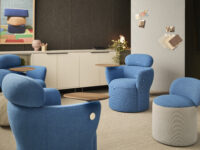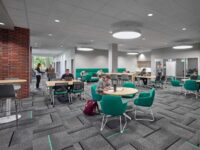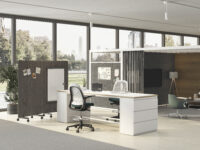A team-oriented workspace is designed to foster collaboration and collective success. However, businesses striving to cultivate teamwork may sometimes overlook the value of independent focus spaces. While it may seem counterproductive to carve out quiet areas in environments meant to promote interaction, this overlooked element is essential to a well-rounded, high-performing office.
Benefits of Quiet Spaces
The rise of open office layouts has undoubtedly encouraged interaction and communication, yet it often comes at the expense of individual concentration. Many organizations neglect to provide designated quiet workspaces where team members can engage in focused work without distractions or the sense of guilt for stepping away. So, why are these spaces so important in collaborative offices? Consider the following key advantages:
- Heightened Productivity and Concentration: Tasks requiring deep thought, creativity, or problem-solving thrive in environments free from interruptions.
- Support for Mental Well-Being: Quiet areas offer a reprieve from the constant activity of open offices, helping to alleviate stress and maintain mental clarity.
- Improved Collaboration: Allowing team members to take focus time to brainstorm individually before coming together as a team creates stronger ideas and more positive collaboration.
- Greater Employee Satisfaction: Employees who have the flexibility to switch between collaboration and focus spaces report higher satisfaction and engagement.
- Improved Workplace Culture: By providing spaces that meet varied work needs, businesses create a more supportive, inclusive office environment.
Design Principles for Quiet Zones
Creating effective quiet zones for focused work requires a thoughtful approach to design. Office design for productivity needs to provide the necessary privacy needed for concentration. Here are some fundamental elements to keep in mind when browsing office design ideas:
Soundproofing
Research has shown that noise in the workplace negatively affects concentration and stress levels for employees. While some noise is inevitable in a collaborative setting, employees also need access to spaces where they can escape the auditory overload when working independently.
There are two primary strategies for noise management: sound masking and sound absorption. Sound masking introduces background noise at similar frequencies to mask unwanted sounds, while sound absorption uses materials to dampen and minimize noise. Even without dedicated rooms, incorporating acoustic paneling, thicker carpets, and patricians can transform shared areas into more focus-friendly spaces.
Lighting
The lighting in a space can greatly impact the wellness and productivity of your team. When possible, create ways for natural light to move through the office while allowing for the necessary privacy. Decorative window film on glass walls used for these quiet spaces is the perfect solution to help light move through the building while maintaining privacy. It’s also important to prepare for those days when natural light isn’t available, such as during overcast or rainy weather.
For artificial lighting, the goal is balance. While warm lighting promotes relaxation, cooler-toned lighting enhances focus. Avoid excessively harsh cool lighting, which can make a space feel sterile and uncomfortable. Instead, aim for neutral white lighting to create an environment conducive to concentration without sacrificing comfort.
In private focus spaces, consider introducing dimmable lighting. Adding this touch of customization to a space will allow the employees to create an ambiance perfectly suited for them.
Ergonomics
Equipping quiet spaces with ergonomic furniture not only improves comfort but also supports productivity over long periods of focused work. Instead of traditional rigid seating and basic tables, opt for ergonomic chairs and adjustable standing desks. These small design choices create a more supportive environment, encouraging employees to actively choose these spaces for focus work rather than using them out of necessity.
Building Focus Spaces
Architectural Changes
There are two primary methods for creating zones dedicated to focused work. The first, less common but highly effective, involves architectural changes. This option is ideal for businesses designing a new office or those with the ability to undertake renovations. In this scenario, quiet spaces might take the form of private office-like areas, allowing employees to enter, close the door, and customize settings such as lighting and desk height for a tailored focus session.
Repurposing Existing Spaces
The second, more widely applicable approach involves repurposing existing spaces. This method suits businesses that want to enhance their current office environment without engaging in full-scale renovations. For example, communal areas can be reimagined as private work nooks through strategic furnishing and layout changes. This option causes minimal disruption and allows for immediate improvement in the workspace. Companies can collaborate with office space planning specialists to maximize the potential of their existing space with thoughtful, impactful design adjustments.
Balancing Collaboration and Quiet Spaces
Striking the right balance between collaborative and quiet zones is key to creating a dynamic and productive office. However, businesses often express two major concerns when considering the addition of focus areas.
Concern 1: What if No One Uses the Quiet Zones?
Initially, employees might hesitate to utilize these areas. To counter this, position focus zones near collaborative spaces. Proximity increases awareness and accessibility, helping employees seamlessly transition between teamwork and individual work. This reduces the risk of the “out of sight, out of mind” mentality.
Concern 2: What if Employees Stop Collaborating
A common fear is that introducing non-collaborative spaces will diminish team interaction. However, the opposite is often true—quiet zones can enhance collaboration.
In hybrid work environments, attendance at the office can be inconsistent, but well-designed quiet areas can alleviate this challenge. Employees may feel more comfortable coming into the office if they know they can collaborate as needed, engage in spontaneous conversations, and then retreat to a quiet space for focused work. This flexible model supports a variety of work styles, reducing stress around office attendance while promoting meaningful interaction. The benefit extends beyond hybrid settings; in any work environment, quiet zones play a crucial role in ensuring a balance between teamwork and individual productivity.
BarkBox’s Dog-Friendly Workspace: A Balanced Approach to Collaboration & Focus
Chosen as one of Inc’s coolest offices in 2019, BarkBox’s Columbus office is recognized for its innovative and pet-friendly features. This office takes the concept of “office dogs” to a whole new level, with as many as 50 canine companions joining their owners daily. To accommodate this unique dynamic, BarkBox needed to design spaces that promote collaboration, offer dog-friendly amenities, and provide dedicated focus areas for both individuals and groups.
Collaborative Spaces
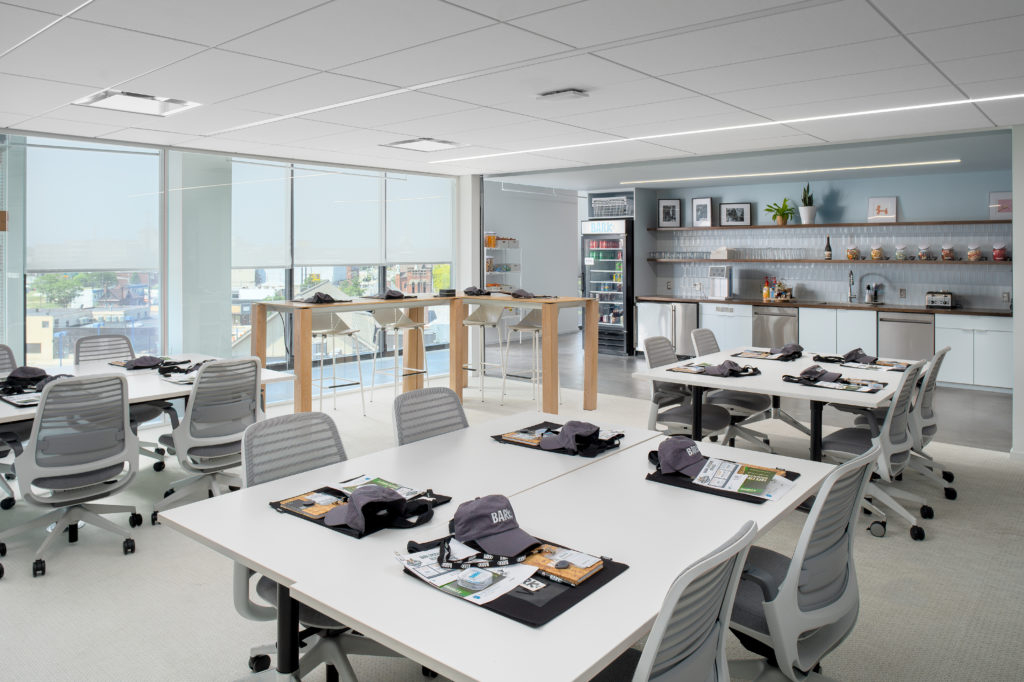
At the heart of BarkBox’s design are the traditional collaborative spaces, featuring clusters of adjustable-height tables, ergonomic seating, and power access in an open floor plan. These areas foster seamless communication and teamwork, making them ideal for group projects. However, the open nature of these spaces isn’t always conducive to tasks requiring deep concentration or for virtual meetings like Zoom calls.
Private Work & Huddle Spaces
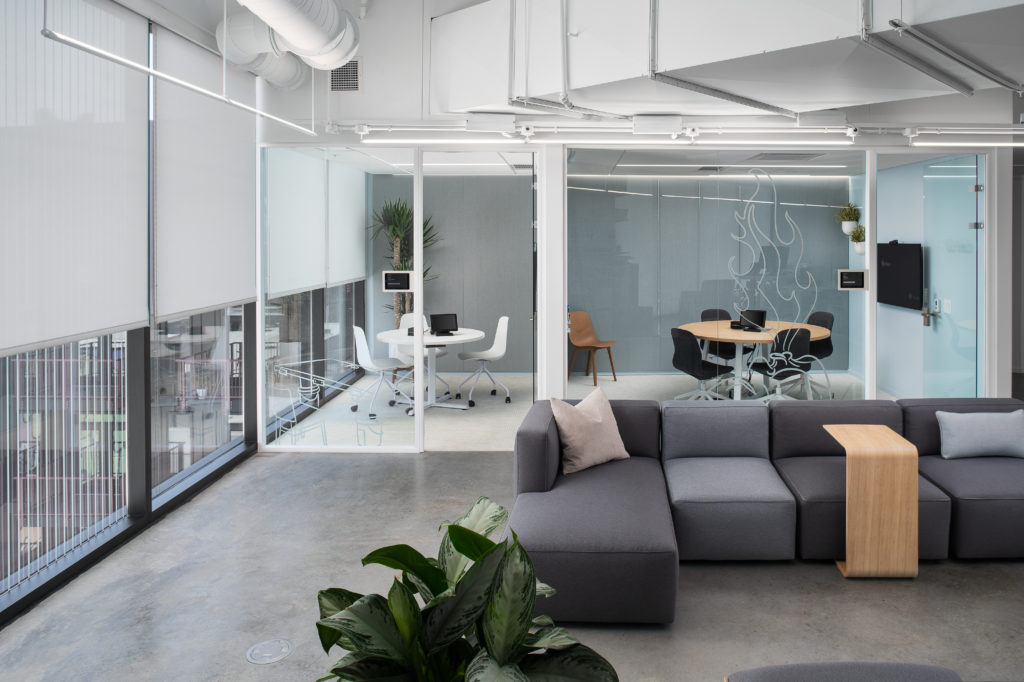
Recognizing the need for quieter, more private settings, BarkBox incorporated designated areas for focused work and confidential conversations. These spaces allow employees to step away from the bustling, dog-friendly environment and work in peace, hold private meetings, or engage in quick, impromptu huddle sessions.
Secluded Flexible Seating
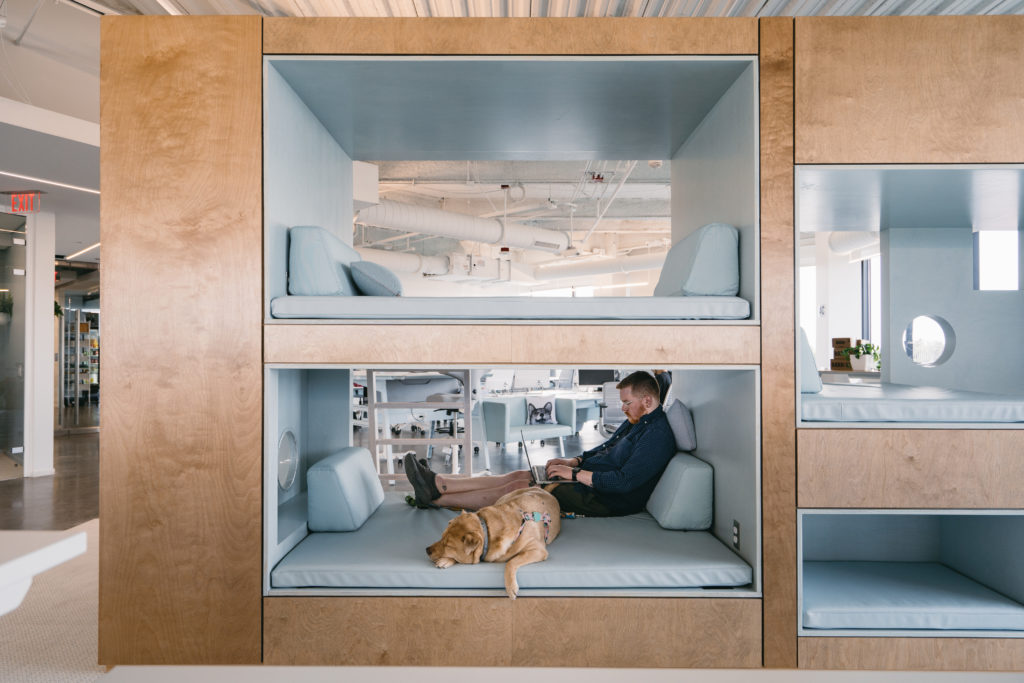
In addition to fully private areas, BarkBox offers a happy medium. Secluded flexible seating provides greater privacy than open collaborative zones without the employee needing to be behind a closed door. The inclusion of these spaces in their floor layout assists in promoting the movement of their employees to work zones that pair well with their tasks of the day.
Craft Quiet Zones for Your Office
Quiet spaces are essential to fostering collaboration by allowing employees the flexibility to move between group work and independent tasks. Wondering how to plan out your office space? Begin experiencing the benefits of well-designed focus areas with the help of King Business Interiors. Our expert office design team can help create spaces that your employees will love and use to their fullest potential. Contact us today to start the conversation.

